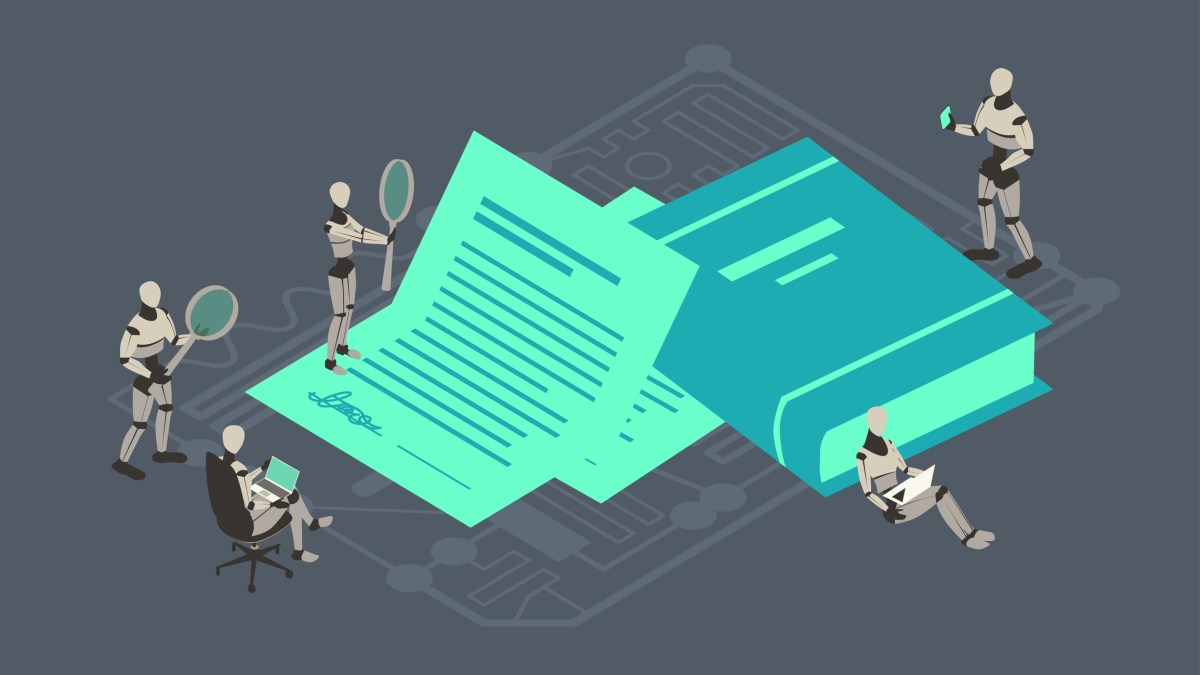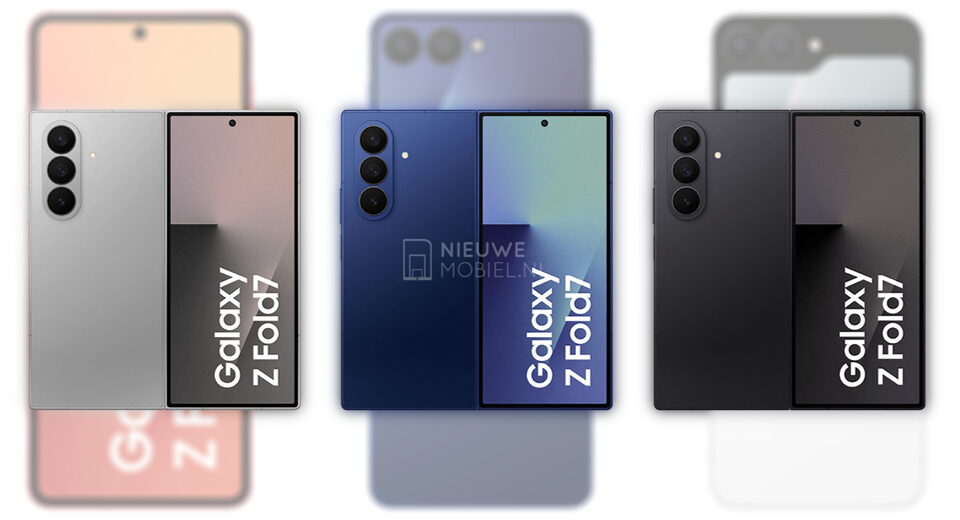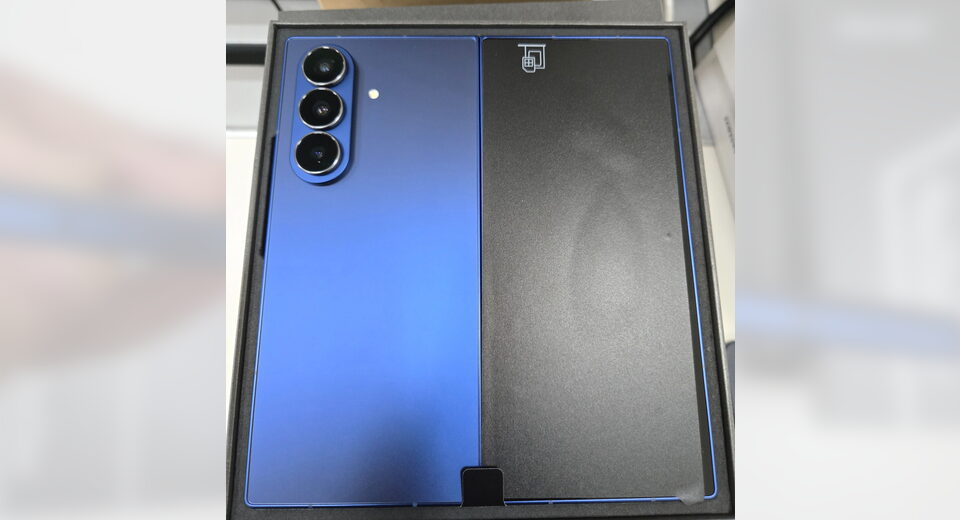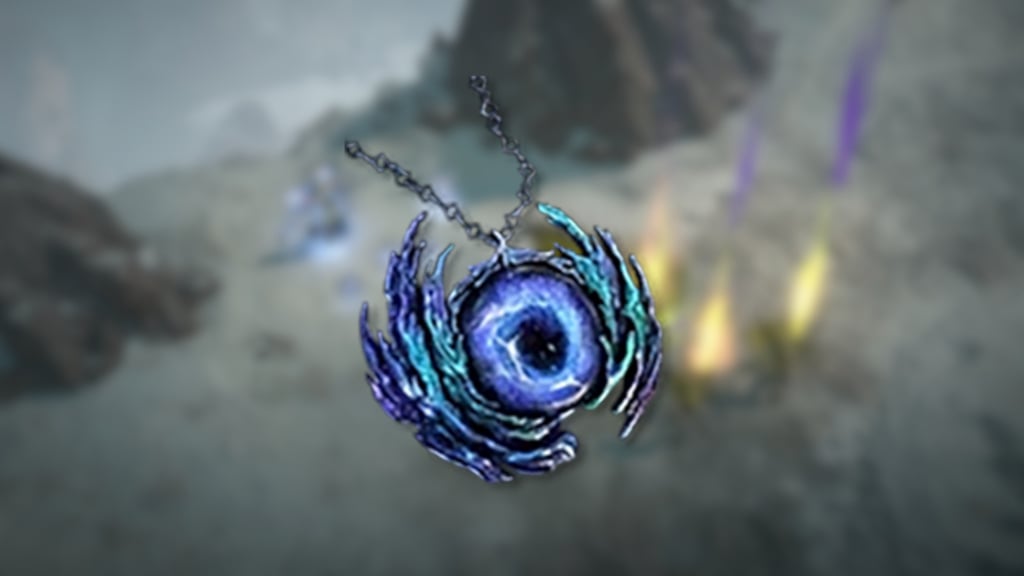We're Not Innovating, We're Just Forgetting Slower


Meanwhile, my Google Nest Wi-Fi router is no longer able to create a PPPoE connection using my fibre modem after a “helpful” update from my ISP. But my PCs can still create a PPPoE connection, so I’ve wired the modem straight into the PC. Which means no Google Nest Wi-Fi. Which means all those Wi-Fi lightbulbs in my home? Not working right now. My fault — I know.
This isn't nostalgia talking — it's a recognition that we’ve traded reliability and understanding for the illusion of progress. Today’s innovation cycle has become a kind of collective amnesia, where every few years we rediscover fundamental concepts, slap a new acronym on them, and pretend we’ve revolutionized computing. Edge computing? That’s just distributed processing with better marketing. Microservices? Welcome to the return of modular programming, now with 300% more YAML configuration files. Serverless? Congratulations, you’ve rediscovered time-sharing, except now you pay by the millisecond.
The Longevity Test
There’s something deeply humbling about opening a 40-year-old piece of electronics and finding components you can actually identify. Resistors, capacitors, integrated circuits with part numbers you can look up. Compare that to today’s black-box system-on-chip designs, where a single failure means the entire device becomes e-waste. We’ve optimized for manufacturing efficiency and planned obsolescence while abandoning the radical idea that users might want to understand — or, heaven forbid, repair — their tools.
The VHS player in my basement could be fixed with a screwdriver and a service manual (OK, sometimes an oscilloscope). Meanwhile, my Wi-Fi router requires a PhD in reverse engineering just to figure out why it won’t connect to the internet. (Google is less than helpful with a dumbed-down user interface that basically tells you that “something went wrong.”) We’ve mistaken complexity for sophistication and abstraction for advancement.
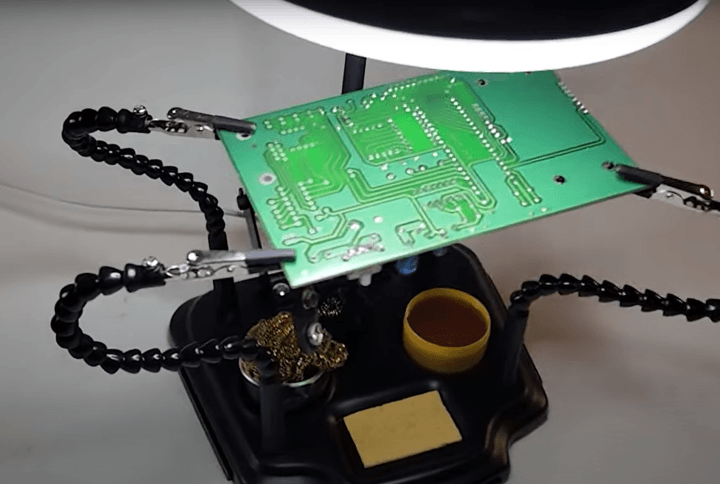
This isn't just about hardware. Software has followed the same trajectory, piling abstraction upon abstraction until we’ve created a tower of dependencies so precarious that updating a single package can break an entire application. Modern developers debug through seventeen layers of frameworks to discover that their problem is a missing semicolon in a configuration file generated by a tool that abstracts away another tool that was created to simplify a process that was perfectly straightforward twenty years ago.
The AI Hype Machine
Nothing illustrates our forgetting problem quite like the current AI discourse. Large language models are impressive statistical text predictors — genuinely useful tools that excel at pattern matching and interpolation. But, listening to the breathless coverage from tech journos who couldn’t explain the difference between RAM and storage if their click-through rates depended on it, you’d think we’d achieved sentience in a server rack.
The same publications that use “disruptive AI” unironically are the ones that need to Google “what is a neural network” every time they write about machine learning. They've turned every statistical improvement into a breathless announcement about the future of humanity, completely missing the fact that we’re applying decades-old mathematical concepts with more compute power. It’s less magic and more linear algebra at scale.
This wouldn’t matter if it were just marketing hyperbole, but the misunderstanding has real consequences. Companies are making billion-dollar bets on technologies they don’t understand, while actual researchers struggle to separate legitimate progress from venture capital fever dreams. We’re drowning in noise generated by people who mistake familiarity with terminology for comprehension of the underlying principles.
Maker Culture vs. Making Things
The “maker movement” has become another victim of our forgetting problem. What started as a legitimate return to hands-on engineering has been co-opted by influencer culture, where the goal isn’t to build something useful but to generate content about building something photogenic. Scroll through maker TikTok and you'll find endless videos of people hot-gluing LEDs to fruit, calling it “innovative hardware hacking” while completely missing the actual engineering happening in labs and workshops around the world.
Real making is messy. It involves understanding material properties, thermal characteristics, failure modes, and the thousand small decisions that separate a working prototype from an expensive paperweight. It requires reading datasheets, calculating tolerances, and debugging problems that don’t have Stack Overflow answers. None of this photographs well or fits into a sixty-second video format.
The shallow version of maker culture treats engineering like a lifestyle brand — all the aesthetic appeal of technical competence without the years of study required to develop it. It’s cosplay for people who want to look innovative without doing the unglamorous work of actually understanding how things function.
The Knowledge Drain
We’re creating a generation of developers and engineers who can use tools brilliantly but can't explain how those tools work. They can deploy applications to Kubernetes clusters but couldn’t design a simple op-amp circuit. They can train neural networks but struggle with basic statistics. They can build responsive web applications but have never touched assembly language or understood what happens between pressing Enter and seeing output on screen.
This isn't their fault — it's a systemic problem. Our education and industry reward breadth over depth, familiarity over fluency. We’ve optimized for shipping features quickly rather than understanding systems thoroughly. The result is a kind of technical learned helplessness, where practitioners become dependent on abstractions they can’t peer beneath.
When those abstractions inevitably break — and they always do — we’re left debugging systems we never really understood in the first place. The error messages — if we’re lucky enough to get one — might as well be written in hieroglyphics because we’ve lost the contextual knowledge needed to interpret them.
What We Need Now
We need editors who know what a Bode plot is. We need technical writing that assumes intelligence rather than ignorance. We need educational systems that teach principles alongside tools, theory alongside practice. Most importantly, we need to stop mistaking novelty for innovation and complexity for progress.
The best engineering solutions are often elegantly simple. They work reliably, fail predictably, and can be understood by the people who use them. They don't require constant updates or cloud connectivity or subscription services. They just work, year after year, doing exactly what they were designed to do.
That TI-99/4A still boots because it was designed by people who understood every component, every circuit, every line of code. It works because it was built to work, not to generate quarterly revenue or collect user data or enable some elaborate software-as-a-service business model.
We used to build things that lasted. We can do it again—but first, we need to stop forgetting what we already know.
The author spent fifteen minutes trying to get his smart doorbell to connect to Wi-Fi while writing this. The irony was not lost on him.
What's Your Reaction?
 Like
0
Like
0
 Dislike
0
Dislike
0
 Love
0
Love
0
 Funny
0
Funny
0
 Angry
0
Angry
0
 Sad
0
Sad
0
 Wow
0
Wow
0







![Echoes of Africa : MC Waraba, maître du balani électronique [Podcast]](http://static.euronews.com/articles/stories/09/35/64/08/640x360_cmsv2_c1d8bc54-bf85-5a8d-9bb2-748db64b556d-9356408.jpg?1751616647#)




